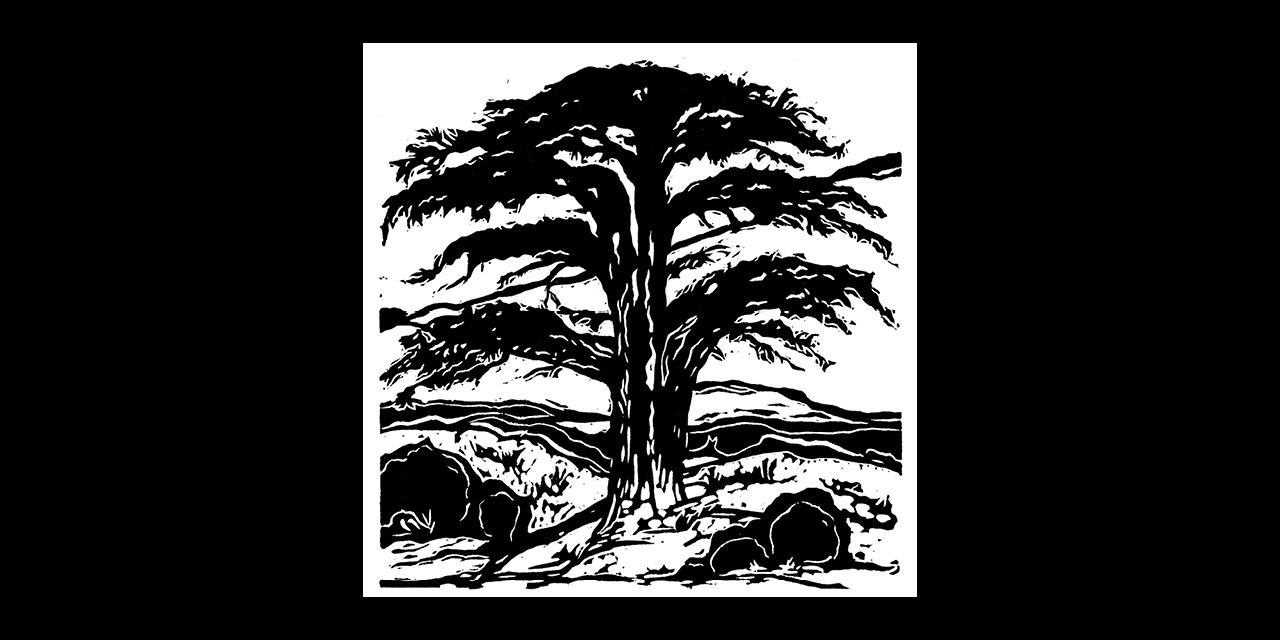Black and white .jpeg image for download.
Cedar of Lebanon Description
The cedar has been a symbolic tree of the Mediterranean region since ancient times. The cedars found on the hillsides of Mount Lebanon were so treasured that they were Solomon's choice for the temple. When cedars are cut down they do not form new shoots. For this reason they symbolize death. Yet the tree also signifies life with its characteristic long life span, its growth to magnificent heights, its fragrance, and its evergreen leaves. These splendid evergreens are planted by gravesides as a reminder of not only our lament of sin and death but our assurance of eternal life found in Jesus Christ.
Scripture References
- Ezekiel 17:22-23
- Isaiah 30:15, 18a
- Romans 8:38-39
Occasions for Use
- Confession and Assurance
- Prayers of the People
- Lent
- Funerals
The image is an original linoleum block print resulting from a printmaking process in which an image is drawn on a block of wood covered with a thin layer of linoleum, and then hand-carved to expose areas that will be white. Ink is rolled onto the block, covering the surface not cut away. Paper made from the mulberry tree is laid on top and hand rubbed with a Japanese barren or wooden spoon. In transferring the ink to the paper the resulting image is a reflection of the design placed on the block. It first appeared in the book Visuals for Worship (Faith Alive Christian Resources, 2006) which is no longer in print.
When using the image please include the following acknowledgment: “Linoleum block print by Elizabeth Steele Halstead."

